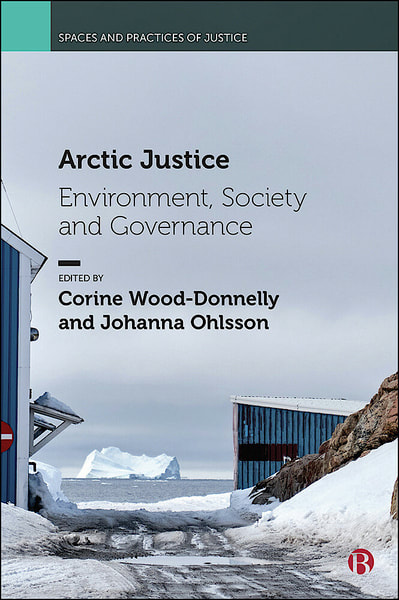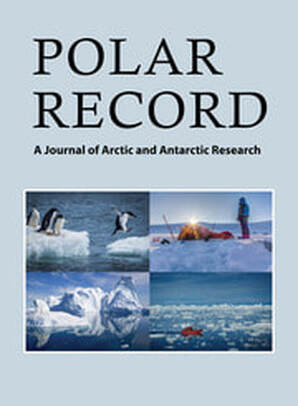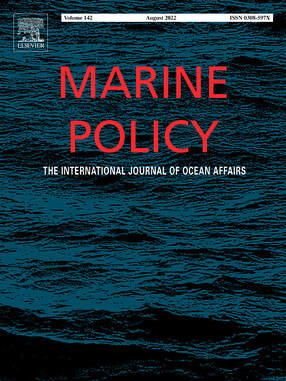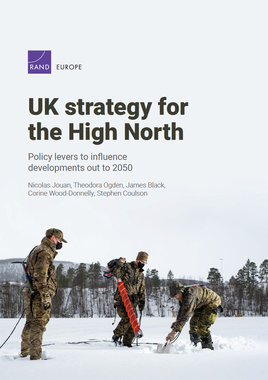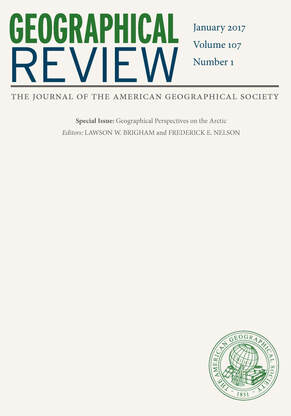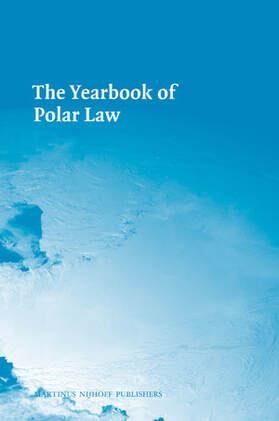Books
Performing Arctic Sovereignty
Policy & Visual Representations
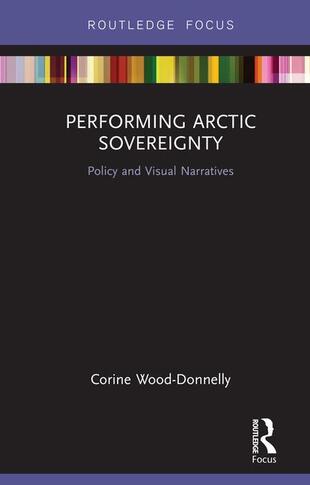
The Arctic is 5.5 million square miles and has been inhabited by humans for thousands of years, yet it is still a frontier of development. But who owns the Arctic?
This book charts the history of performances of sovereignty over the Arctic in the policy and visual representations of the US, Canada and Russia. Focusing on narratives of the effective occupation of territory found in postage stamps, it offers a novel analysis of Arctic sovereignty. Issues such as climate change, plastics pollution and resource development continue to impact the future of this space centred around the North Pole. Who is responsible for the region? This book examines how countries have absorbed Arctic territory into their national consciousness, examining the choice of, and use of, symbols and images in postage stamps. It looks at the story of how these countries have represented their Arctic frontiers and territorial peripheries.
The book argues that the performance of policy in these regions has caused relative sovereignty to become a reality. It provides an intriguing account of how these countries have, in their distinctive ways, established, legitimised and reinforced their political authority in these regions.
This book charts the history of performances of sovereignty over the Arctic in the policy and visual representations of the US, Canada and Russia. Focusing on narratives of the effective occupation of territory found in postage stamps, it offers a novel analysis of Arctic sovereignty. Issues such as climate change, plastics pollution and resource development continue to impact the future of this space centred around the North Pole. Who is responsible for the region? This book examines how countries have absorbed Arctic territory into their national consciousness, examining the choice of, and use of, symbols and images in postage stamps. It looks at the story of how these countries have represented their Arctic frontiers and territorial peripheries.
The book argues that the performance of policy in these regions has caused relative sovereignty to become a reality. It provides an intriguing account of how these countries have, in their distinctive ways, established, legitimised and reinforced their political authority in these regions.
Arctic Justice
|
Offering a unique introduction to the study of justice in the European, North American and Russian Arctic, this collection considers the responsibilities and failures of justice for environment and society in the region.
Inspired by key thinkers in justice, this book highlights the real and practical consequences of postcolonial legacies, climate change and the regions’ incorporation into the international political economy. The chapters feature liberal, cosmopolitan, feminist, as well as critical justice perspectives from experts with decades of research experience in the Arctic. Moving from a critique of current failures, the collection champions an ethical and sustainable future for Arctic development and governance. |
Selected publications
Science diplomacy in the Arctic
Contributions of the USGS to policy discourse and impact on governance
Contributions of the USGS to policy discourse and impact on governance
|
Science diplomacy has been instrumental in facilitating cooperation in the Arctic region, yet through the projection of vast hydrocarbon potential in the region, it has also served to undermine the major transformation necessary in Arctic decision-making towards the goals of climate governance. This article surveys the translation of science from the United States Geological Survey (USGS) reports (i.e. the CARA study and Factsheet 2008-3049) on Arctic oil and gas and its transformation into common knowledge within Arctic discourse through repetition by the agents in between and its subsequent adoption into Arctic policy documents. In this process, we interrogate the production of the science underpinning US science diplomacy and the influence of this science on international Arctic discourse and policy use science diplomacy. This paper contributes to the literature of science diplomacy in the Arctic by examining the contributions of the USGS to Arctic policy discourses and its impact on Arctic governance at the nexus of science diplomacy on climate and energy.
|
Iceberg Sovereignty
|
UK Strategy for the High North
In recent years, the Arctic and wider High North have re-emerged as an area of concern for policymakers, reflecting changes in climate and geopolitics. Rapid ice-melting and associated changes — such as rising sea levels resulting from higher temperatures — are opening new maritime routes and access to natural resources. Ongoing climate and environmental changes are rightly provoking global concern, but also bring renewed political, security, military and economic interest in the Arctic.
Though the UK is not an Arctic state, its strategic position neighbouring the region, its reliance on sea lines of communication, its role in NATO and its leadership on climate-change issues all entail a need for close engagement with developments in the High North. The Integrated Review released in March 2021 emphasised the UK's strategic interests in the Arctic and broader High North region. The Defence Command Paper that accompanied the Integrated Review similarly emphasised the importance of the High North in maintaining security in defence of the North Atlantic and called for enhanced capabilities and use of multilateral partnerships to better secure the region. To be successful, the UK's approach must be underpinned by a clear understanding of the different diplomatic, information, military and economic levers through which the government can exert influence, either unilaterally or through cooperation with others. This project identified areas for further action or investigation, including a need to better understand how different parts of government could work together on High North issues and how the UK could maximise its influence over developments in the High North through international fora. |
|
Messages on Arctic Policy:
Effective Occupation in the Postage Stamps of the United States, Canada & Russia The Arctic policies of the United States, Canada, and Russia have received considerable attention on the international stage in recent years, although engagement by these states with the region extends through many eras. Overlooked in analyses of Arctic policy and practice in the region are the messages communicated through postage stamps, noted in their importance as transmitters of government messages, as these states emphasize claims to sovereignty and the resources of the region.
These Arctic states issued a number of stamps depicting the Arctic throughout their engagement with the region, long before any formal policy documents addressed contemporary geostrategic concerns. This article surveys all Arctic postage stamps issued by these three states and analyzes their messages for correlation with official Arctic policy in several periods, concluding that there is substantial relationship between the issued stamps and the practice and policy of these Arctic states as they demonstrate their effective occupation of the region. |
|
